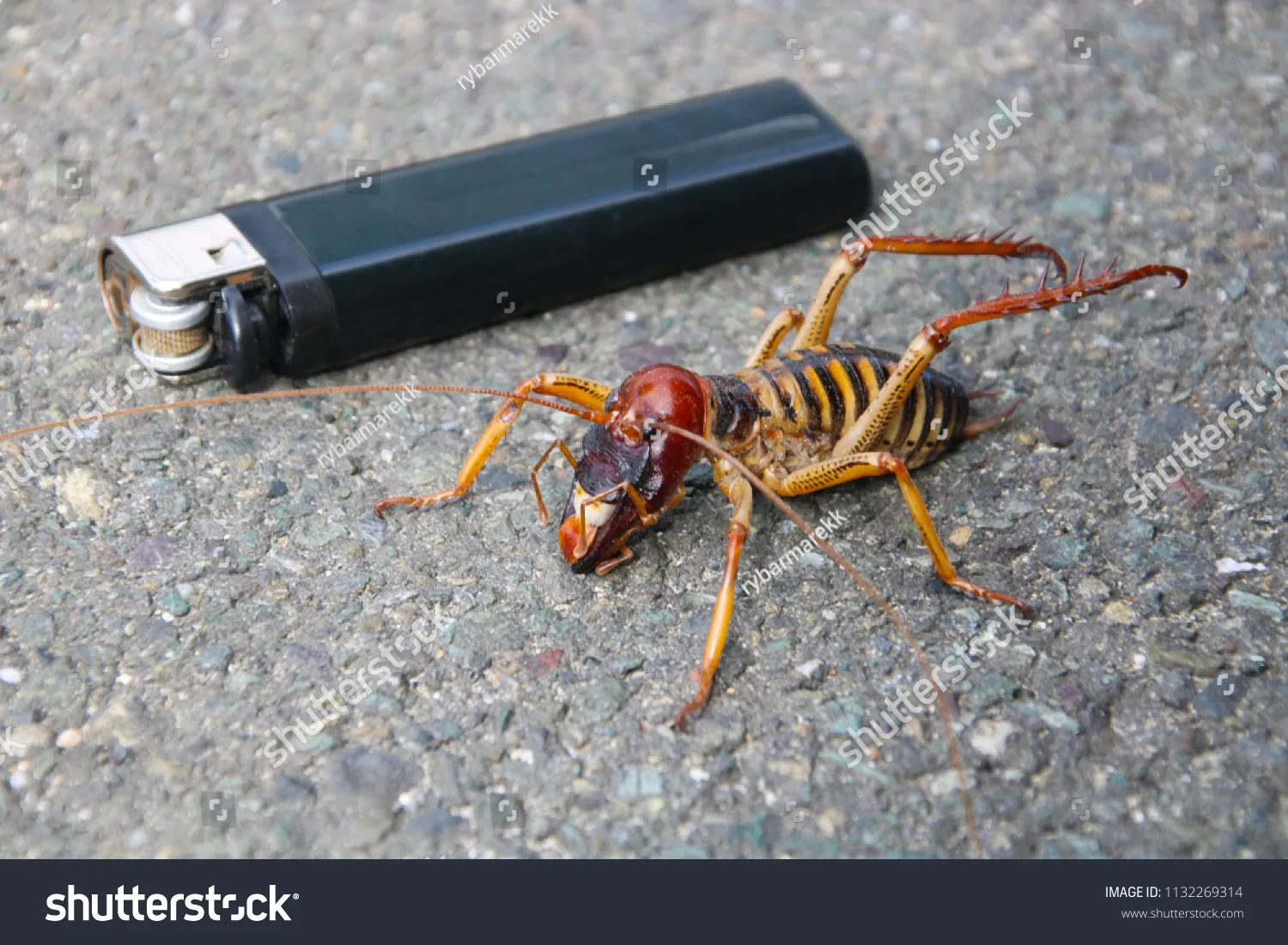The natural world is filled with fascinating creatures, and sometimes, these creatures exist in such vastly different forms that a comparison becomes inevitable. This article delves into a compelling contrast giant weta versus tarantula, exploring their unique characteristics, habitats, and behaviors. This comparison allows you to know the differences.
Understanding the Giant Weta
What is a Giant Weta
The giant weta, a native of New Zealand, is one of the heaviest insects in the world. These impressive creatures belong to the order Orthoptera, which also includes crickets and grasshoppers. They are nocturnal and play a crucial role in their ecosystem. They are often considered ’living fossils’ as their ancestors date back millions of years, showcasing an incredible resilience and adaptation to their environment. The giant weta are not just big they are also a symbol of conservation efforts in New Zealand, where they are protected and studied.
Appearance and Physical Characteristics
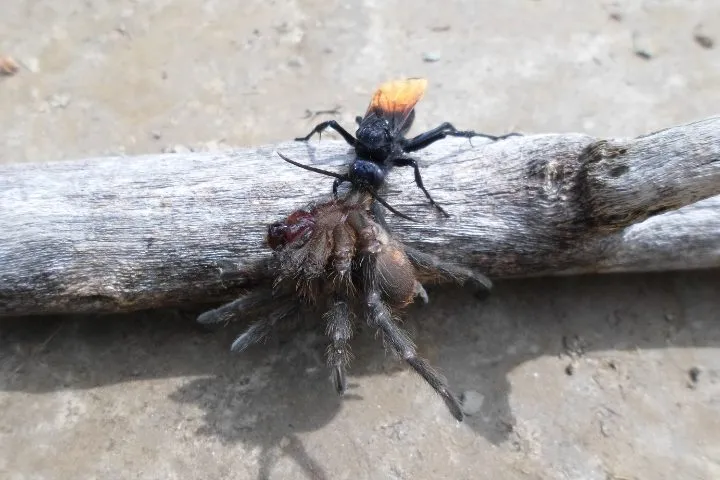
The giant weta’s most striking feature is, undoubtedly, its size. They can range from 2 to 4 inches in length, with some individuals even larger. They have a robust body, large mandibles (jaws) used for chewing, and powerful legs for climbing and hopping. Their color varies, from shades of brown to green, providing camouflage in their natural habitats. The body of a giant weta is covered with a tough exoskeleton that protects them from predators and the elements. Antennae help them navigate the environment, sensing changes in their surroundings and the presence of potential threats or food sources. The physical attributes of the giant weta are a testament to their ability to survive in a sometimes harsh environment.
Habitat and Diet
Giant wetas are endemic to New Zealand, with different species inhabiting various regions, from forests to alpine areas. They typically live in burrows, under rocks, or within trees. Their diet consists primarily of plant material, including leaves, fruits, and seeds. They are considered omnivores, sometimes consuming other insects or even carrion. The giant weta plays an essential role in the ecosystem, aiding in seed dispersal and the breakdown of organic matter. They are a vital part of the food chain, serving as prey for native birds and other animals. Their habitat is a key element to their survival, and they are extremely well-adapted to their environment.
Behavioral Traits
Giant wetas are primarily nocturnal, spending their days hidden and becoming active at night. They are generally slow-moving, but they can move quickly when threatened. They are not aggressive but will defend themselves if they feel threatened. The giant weta has a unique defensive mechanism; they may hiss or stridulate (rubbing body parts together to produce a sound) to deter predators. They have a relatively long lifespan for insects, sometimes living for over a year. Their behaviors are a direct result of their environment and physical characteristics.
Understanding the Tarantula
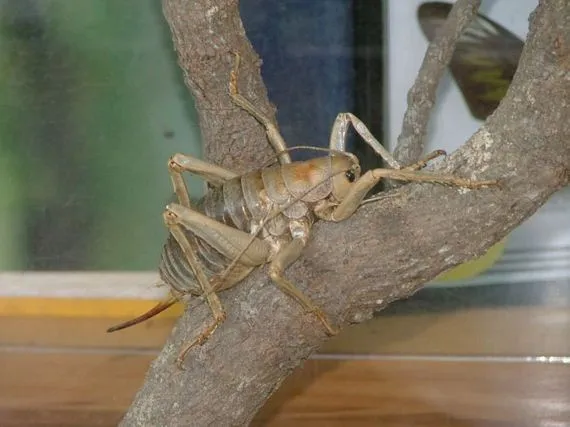
What is a Tarantula
Tarantulas are large, hairy spiders belonging to the Theraphosidae family. They are found in various habitats worldwide, from deserts to rainforests. They are known for their size, with some species having leg spans exceeding 10 inches. They are generally nocturnal hunters, relying on their venom to subdue prey. The tarantula is a fascinating creature, often misunderstood but incredibly adaptable to its environment, filling a critical role in its ecosystem.
Appearance and Physical Characteristics
Tarantulas are characterized by their large size and hairy bodies. They have eight legs, two pedipalps (used for sensing and manipulating prey), and two chelicerae (fangs) used for injecting venom. Their coloration varies widely, depending on the species and habitat, and can range from brown and black to vibrant blues and oranges. Tarantulas have two main body sections the cephalothorax and the abdomen. Sensory hairs cover their bodies, helping them detect vibrations and movement in their surroundings. Their physical attributes are perfectly adapted for their hunting lifestyle.
Habitat and Diet
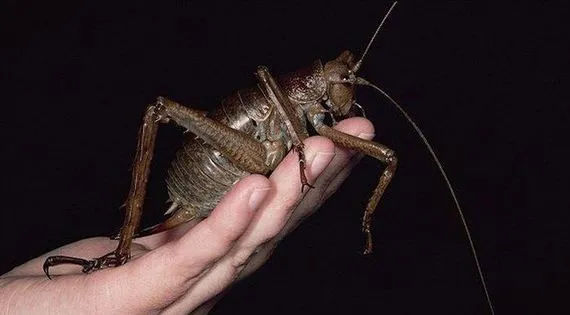
Tarantulas inhabit a variety of habitats, including burrows in the ground, under rocks, or in trees. They are found in tropical and subtropical regions worldwide. Their diet primarily consists of insects, but larger tarantulas may also prey on small vertebrates such as lizards, frogs, and even small birds. They are ambush predators, waiting patiently for prey to come within striking distance. Their diet contributes to the regulation of insect populations within their respective habitats. The tarantula’s habitat provides both shelter and hunting opportunities.
Behavioral Traits
Tarantulas are generally solitary creatures, only interacting during mating season. They are nocturnal hunters, using their venom to immobilize prey. Some tarantulas have urticating hairs (tiny barbed hairs) on their abdomen, which they flick at predators as a defense mechanism. They can live for many years, with some females living for over 20 years. Their behaviors are shaped by their need to survive and reproduce in their environments.
Key Differences Between Giant Weta and Tarantula
Size and Appearance Comparison
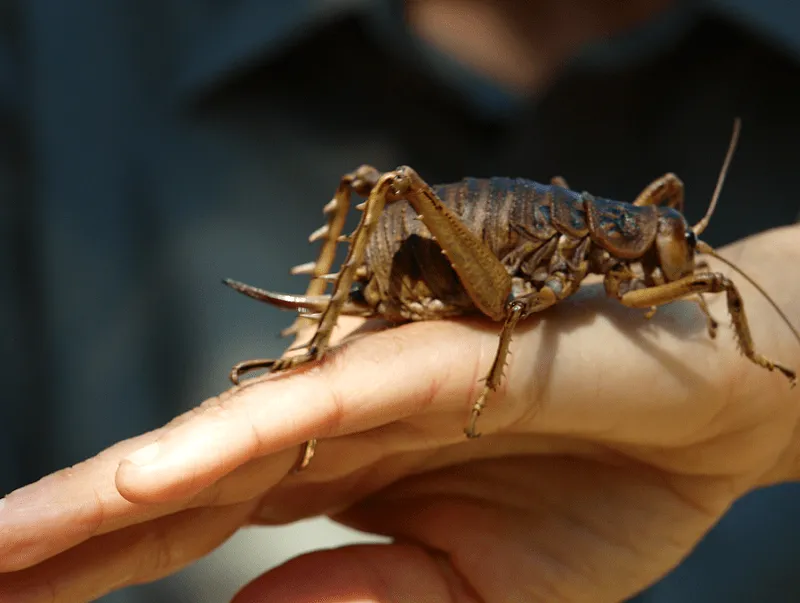
Both giant wetas and tarantulas are large arthropods, but they differ significantly in appearance. Giant wetas are insects with a robust body, large mandibles, and powerful legs. Tarantulas, on the other hand, are spiders with hairy bodies, eight legs, and chelicerae. The giant weta often exhibits a more elongated, insect-like form, while the tarantula has a more compact, spider-like structure. Size can vary, with some tarantula species growing larger than the giant weta, and some wetas being bulkier. The key is that the basic body structure and overall aesthetics are dramatically different, reflecting their distinct evolutionary paths.
Habitat and Geographic Distribution
Giant wetas are endemic to New Zealand, found in various habitats across the islands. Tarantulas have a much broader distribution, inhabiting tropical and subtropical regions worldwide. The giant weta is limited to a specific geographic area, reflecting a unique evolutionary story. Tarantulas, because of their success at adapting, have spread to numerous locations. This disparity in distribution highlights the different environmental factors influencing the evolution and survival of these creatures.
Dietary Habits and Feeding
Giant wetas are primarily herbivores, feeding on plants and seeds. Tarantulas are carnivores, preying on insects and small vertebrates. This difference in diet underscores their roles in the ecosystem the giant weta as a consumer of plant matter, and the tarantula as a predator. The feeding habits of these creatures showcase their different roles in their respective habitats and their place in the food chain. This is perhaps the most fundamental difference between the two.
Defensive Mechanisms and Threats
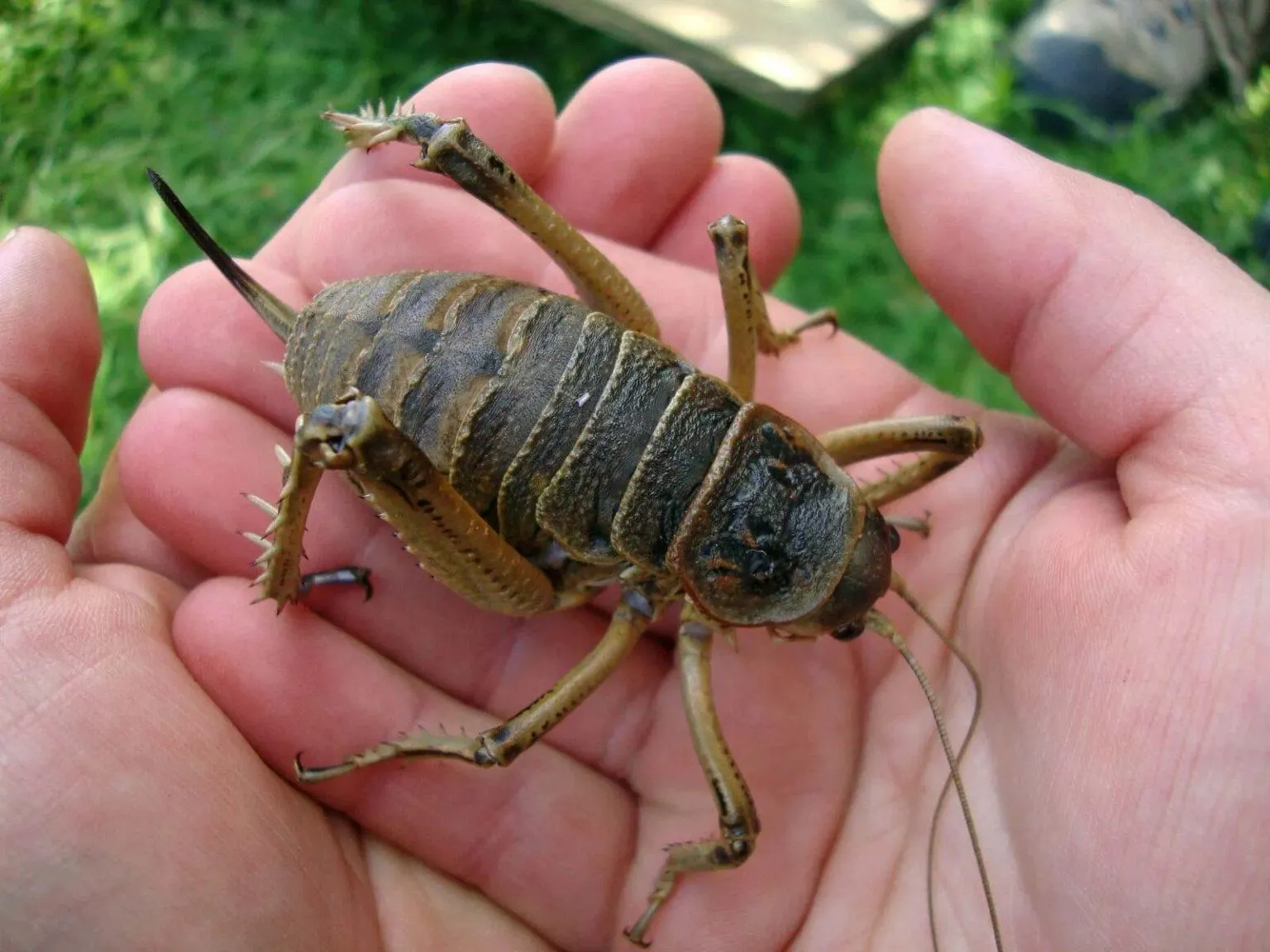
Giant wetas have several defensive mechanisms, including their size, strong mandibles, and the ability to stridulate. Tarantulas use their fangs to inject venom and some have urticating hairs as a defense. Both creatures face threats from predators, habitat loss, and human activities. The giant weta is particularly vulnerable due to its limited distribution and slower movements. The tarantula also faces threats but is generally more adaptable due to its wider range. The defenses of these creatures reflect their need to survive in often hostile environments.
Combat Scenario
Imagining a direct confrontation reveals the strengths and weaknesses of each creature. The tarantula, with its venom and hunting instincts, would likely have an advantage in a direct fight, assuming a similar size. The giant weta, with its strong jaws and defensive abilities, would put up a fight, but the tarantula’s hunting capabilities are generally more effective in a predatory encounter. In the end, the combat scenario would most likely favor the tarantula, but the giant weta’s size and defensive mechanisms would make it a formidable opponent.
Conclusion
The giant weta and tarantula, while both large arthropods, are distinctly different creatures with unique adaptations and lifestyles. The giant weta, with its herbivorous diet and limited range, exemplifies the unique biodiversity of New Zealand, while the tarantula, with its predatory nature and global distribution, showcases the adaptability of spiders. Understanding these differences enriches our appreciation for the natural world and the diverse strategies life has evolved to thrive. It is a testament to the amazing variety of life on Earth.
